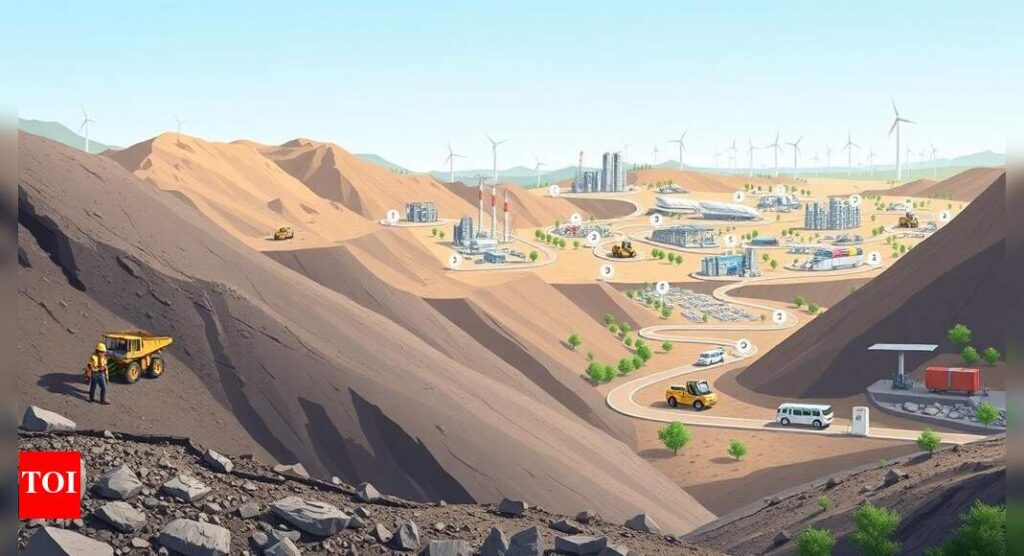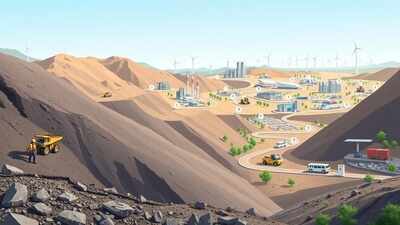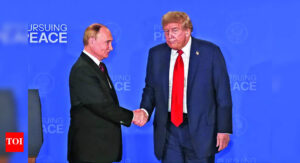Critical minerals push: 5 policy pillars proposed for India’s rare earth self-reliance – report

India is stepping up efforts to secure its rare earth supply chain, a key element for clean energy expansion and electric mobility growth. A report by global consulting firm Primus Partners, ‘From Extraction to Innovation’, outlines a detailed plan to achieve self-reliance in rare earth magnets under the government’s Viksit Bharat vision, reported ANI.The report recommends five main policy measures. These include creating market certainty through long-term price assurance for NdPr oxide and NdFeB magnets, along with structured offtake agreements to encourage investment and stimulate domestic demand. It also proposes setting up pilot hubs in mineral-rich states and supporting a handful of industrial leaders to scale up advanced magnet manufacturing.Other suggestions include boosting monazite mining, refining rare earth oxides, and expanding NdPr production through Indian Rare Earth Limited (IREL), alongside building a national magnet buffer stock. A National Rare Earth Innovation Hub is proposed to link industry and academia and foster global technology transfer. To ensure coordination, the report calls for a Magnet Ecosystem Coordination Cell under Niti Aayog or DPIIT.The Union Budget 2024-25 has already given policy momentum by removing or reducing customs duties on critical minerals and rare earths. According to the report, this will “reduce input costs, promote domestic manufacturing, and enhance export competitiveness,” with direct benefits to the electric mobility sector.India’s efforts come amid China’s dominance in the market, producing 85–95% of global rare-earth magnets. Export restrictions from Beijing have caused global supply disruptions, while India’s imports of rare earths have grown.IREL recently commissioned a Rs 197 crore Rare Earth Permanent Magnet facility in Visakhapatnam with a capacity of 3,000 kg per year, putting India among the few nations with such manufacturing capabilities. The country is also developing domestic sources in Jammu and Kashmir, Rajasthan, Jharkhand, and Karnataka, and KABIL has forged partnerships with mineral-rich nations to secure supply.With a target of 30% electric vehicle penetration by 2030 and net-zero emissions by 2070, the report warns of rising demand. “Each EV requires 1–2 kg of NdFeB magnets… India’s demand is projected to rise to 7,154 tonnes by 2030,” it noted, adding that these magnets are also crucial for renewable energy, defence, electronics, and industrial automation.





